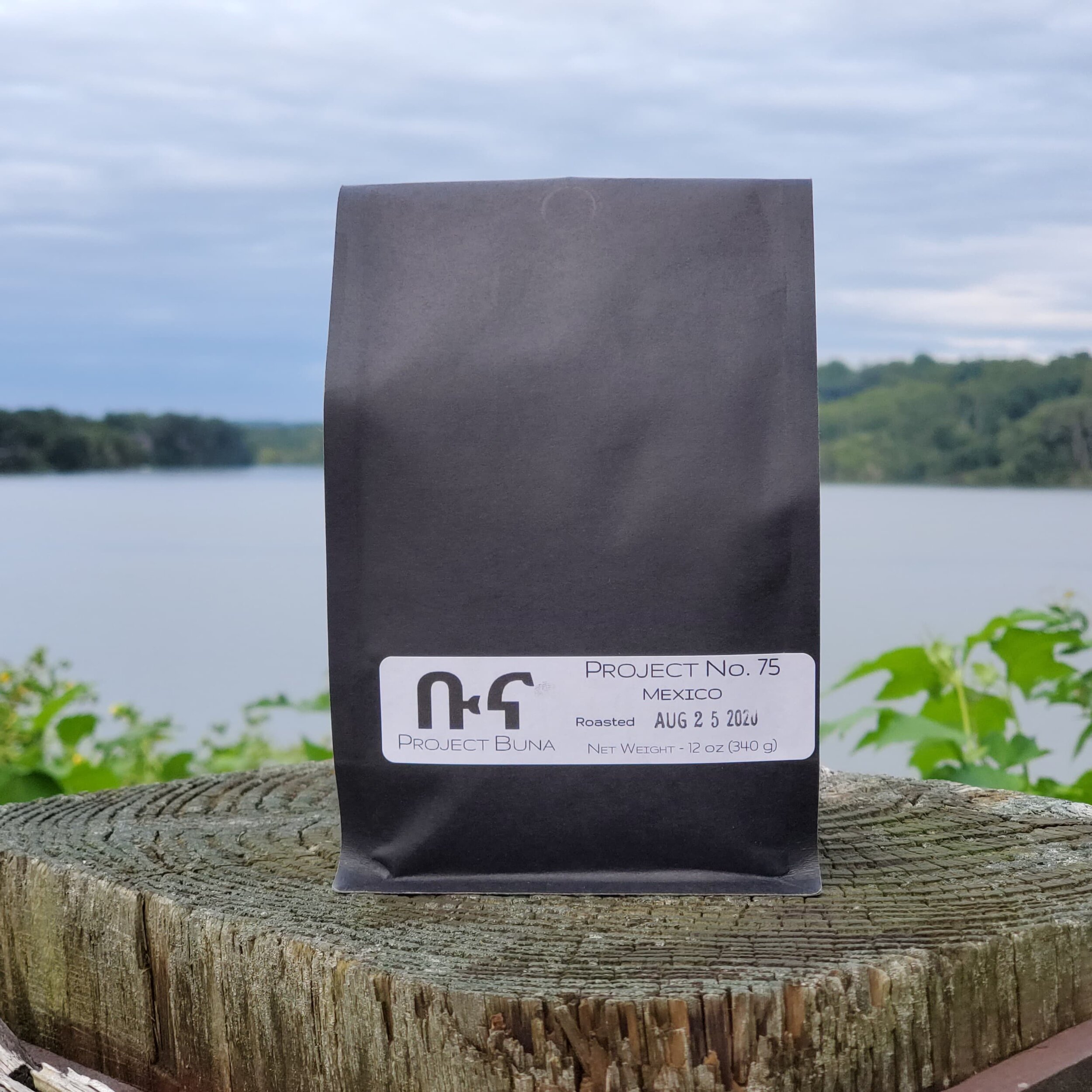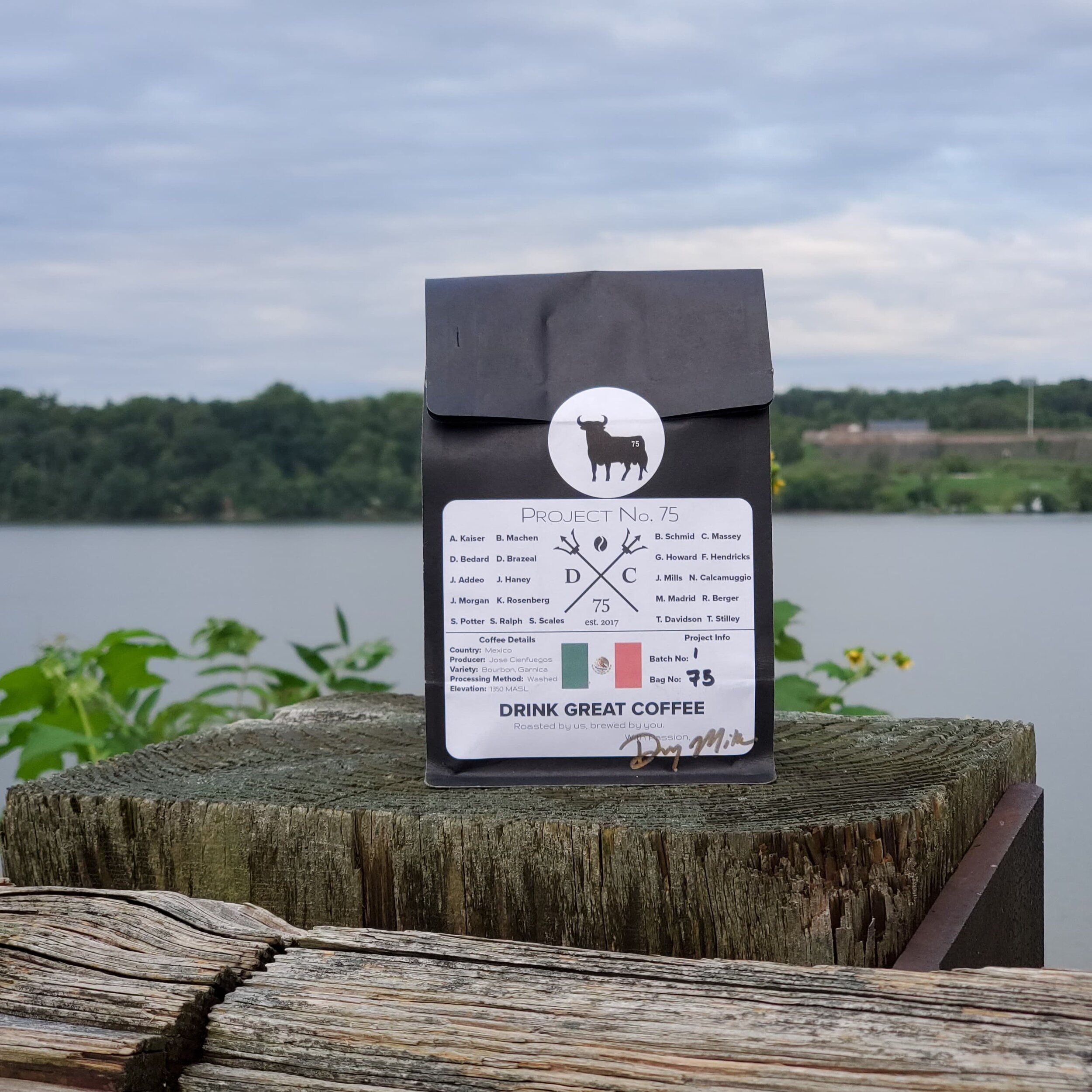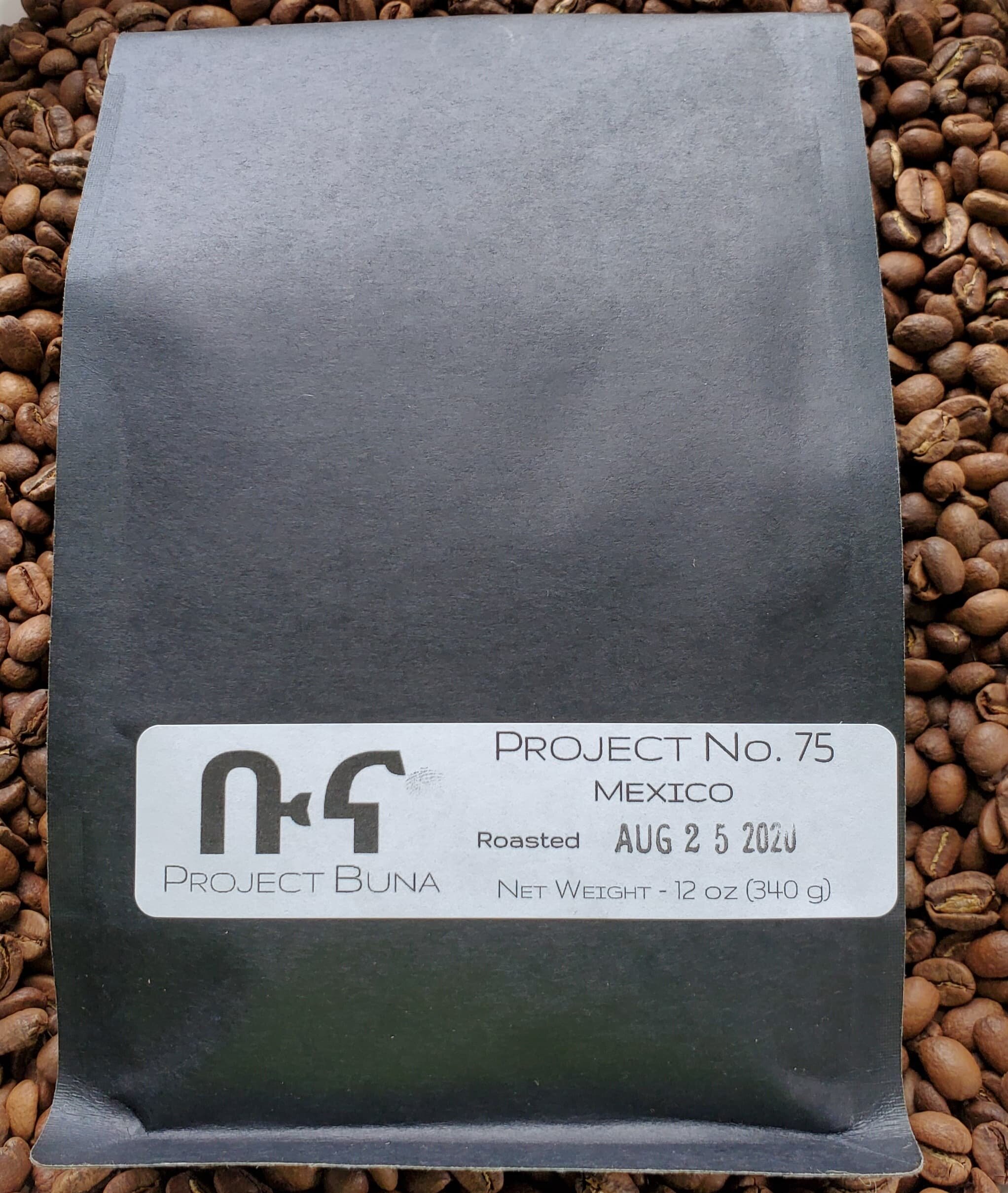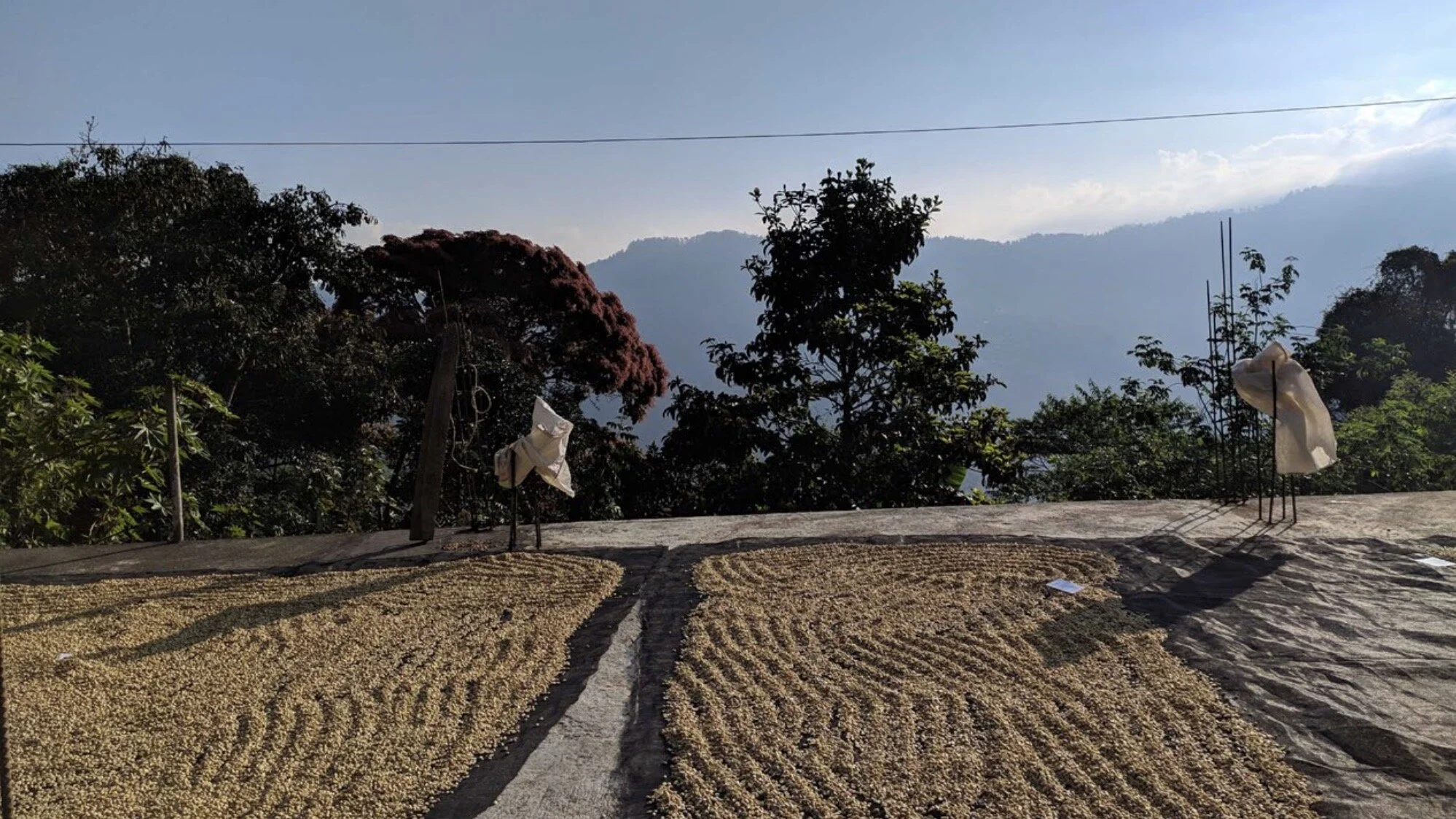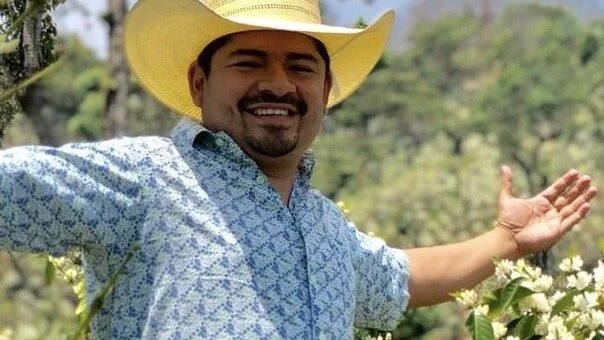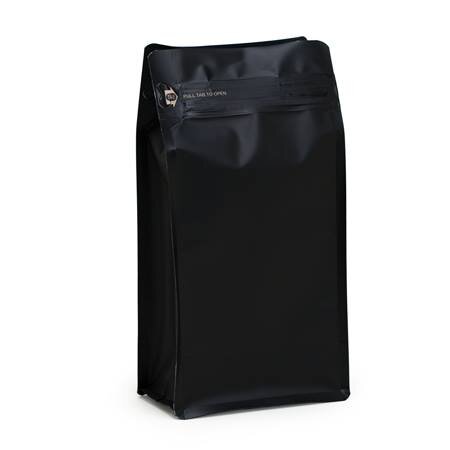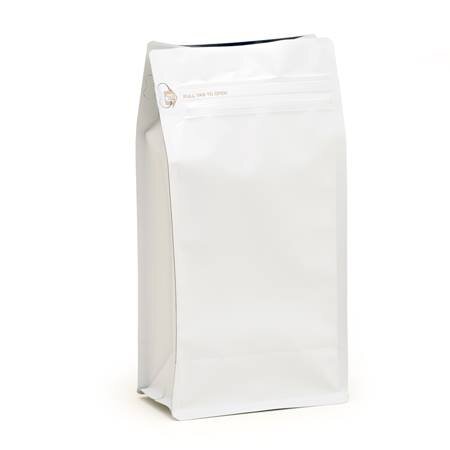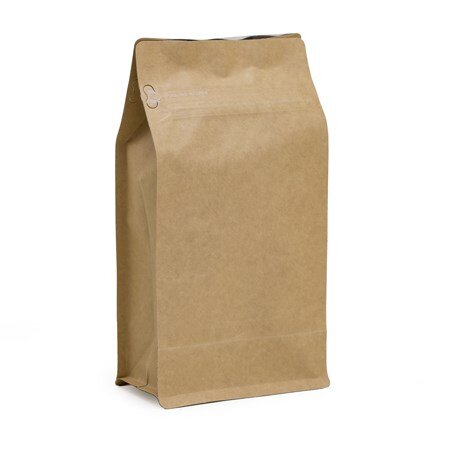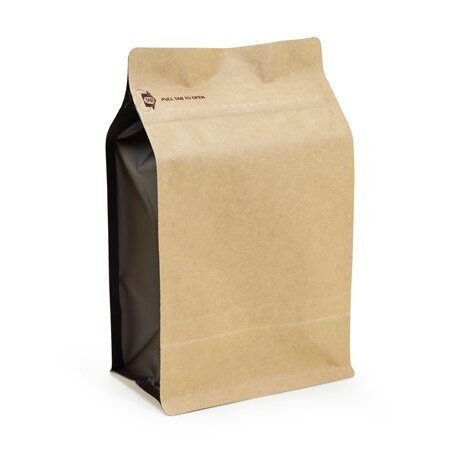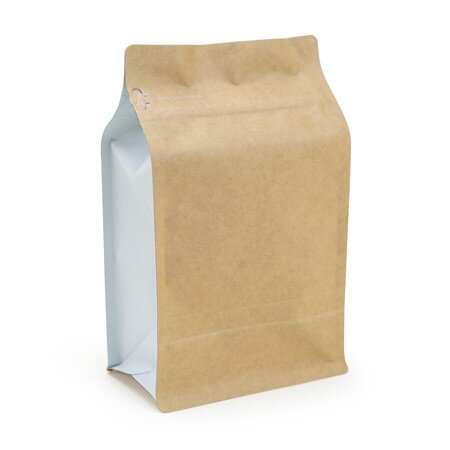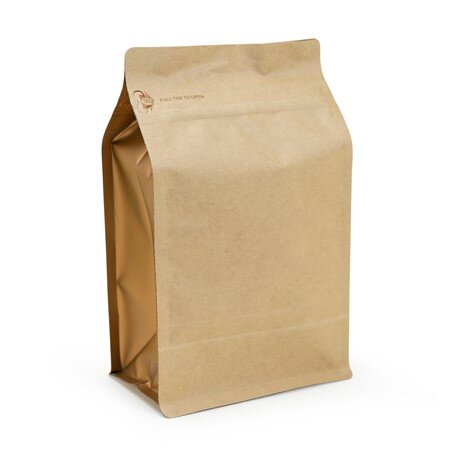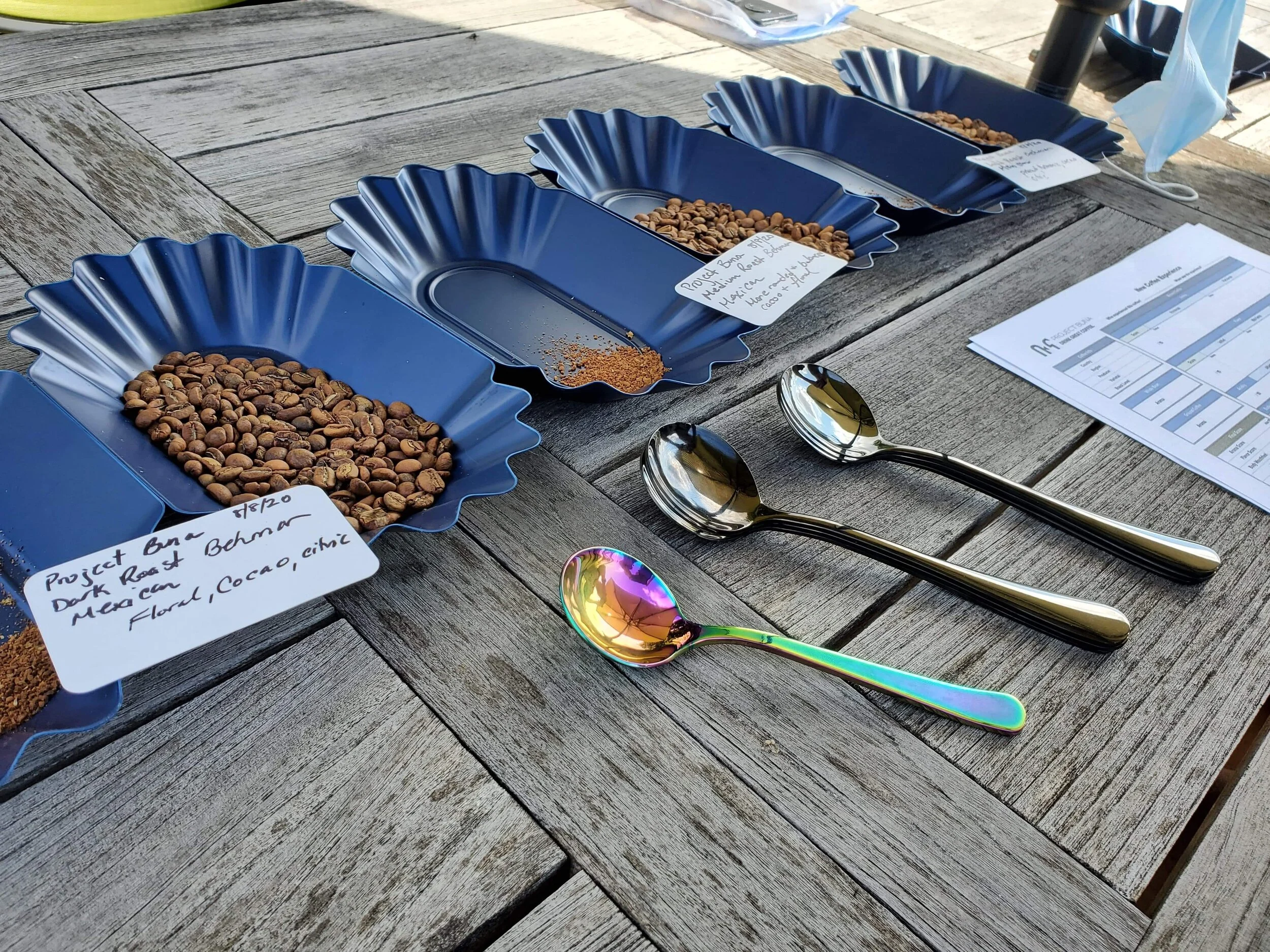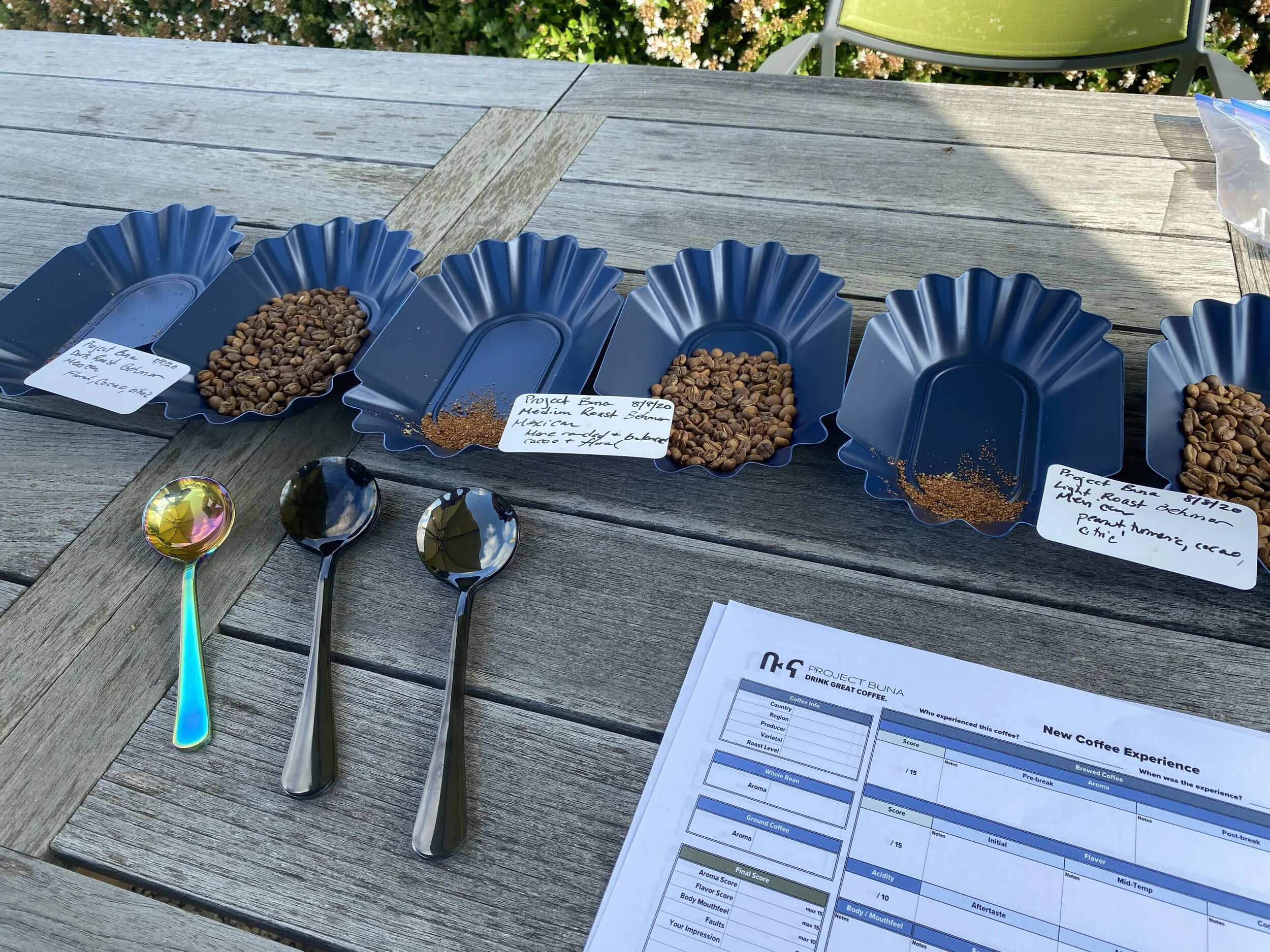Welcome to Project 75!
our first ever crowd crafted coffee project
underway on 01 June 2020, concluded by 31 August 2020
The mission behind Project Buna is to make great coffee more accessible to everyone. When we started our coffee journey, we couldn’t have imagined the variables that go into a good cup of coffee. We have learned a lot over the last few years, and that journey of discovery is one of the things we want to share with the world. “Crowd-sourced” and “collaborative” are not common words in coffee roasting, but we developed a new concept that we haven’t seen anywhere else. Over the course of several weeks, we curated an experience for a small cohort of project members that included behind-the-scenes content and actual decision-making that resulted in a product that is truly theirs. We call this crowd crafted coffee. The first-ever such experience was Project 75, which brought the USS DONALD COOK crew together again. The Navy ship is an integral part of our own origin story, so what better group to assemble for our first ever community-based project! Together, we designed and produced our very own coffee.
The cohort members included: Donny Brazeal, Mike Madrid, Fred Hendricks, Tom Stilley, Branson Machen, Cam Massey, Rachel Berger, Tayler Davidson, Sean Scales, Jocelyn Addeo, David Bedard, Brian Schmid, John Haney, Stephen Potter, Shane Ralph, John Morgan, Jessica Mills, Grace Howard, Kate Rosenberg, Abigail Kaiser, and Nathan Calcamuggio.
The cohort members had access to a private chat group and a private webpage that was continuously updated with voting and other features throughout the length of the project. The final product was a delicious Mexican coffee, sourced from Veracruz and roasted with a medium-dark profile, and sealed up in a brand new unique package.
Read on to see the choices the cohort was presented with and how they voted, resulting in this truly unique crowd crafted coffee.
record of the votes:
Vote 1: Continent
In the first choice presented to the group, cohort members voted on which continent to source the coffee from: Africa or the Americas. With a count of 17 to 4, the vote went to the AMERICAS!
The information on both choices is provided below.
Americas
History
Coffee arrived in then-named New Amsterdam in the mid-1600’s.
In 1723, a seedling plant from French King Louis XIV was transplanted onto the island of Martinique in the West Indies. We also know the Portuguese brought coffee to Brazil (which is now the largest producer of coffee in the world!)
Within 50 years, it is estimated that there were over 18 million coffee trees in the new world. Tea remained most popular in the New World until around 1773 (think, the Boston Tea Party).
Popular Countries
Brazil (which is the largest producer of coffee in the world), Colombia, Honduras, Peru, Guatemala, Nicaragua, Costa Rica, El Salvador, Ecuador
Most likely that we would source from: Colombia, Honduras, Peru, Guatemala
Past Projects
Project 3 from Guatemala
Project 4 from Peru
Project 5, 8, and 9 from Colombia
You can view past projects here
Flavors
Apple-like, Tart berries, Chocolates, Nutty, Balanced profile (mostly Central American coffees)
Caramel sweetness, Nutty, Chocolates, Baking spices, Mellow profile (mostly South American coffees)
Africa
History
Most scientists consider the Ethiopian plateau the origin for the first coffee plants. Some species find their origins in Yemen.
Regional legend tells the story of a goat herder by the name of Kaldi witnessing his goats eating the berries from one tree, and then not being able to sleep at night. The legend continues to paint a picture of an abbot at a local monastery using the beans to make a drink, and staying up long hours in prayer.
Coffee is often experienced in a ceremonial manner in Africa. An example is the traditional Ethiopian coffee ceremony that can last for hours!
Popular Countries
Ethiopia (which is the largest producer of coffee in Africa), Uganda, Kenya, Tanzania, Rwanda, Burundi, Malawi, Zimbabwe
Most likely that we would source from: Ethiopia, Kenya, Burundi
Past Projects
Projects 1 and 2 from Ethiopia
Project 6 from Rwanda
Project 7 from Burundi
You can view past projects here
Flavors
Often described as exotic, light and delicate
High in acidity
Fruity, Floral, Sweet forward, Wine-like flavors
Vote 2: Country
Based on Vote 1, we knew we were going to the Americas. We worked with our importers and had several countries to choose from: Guatemala, Colombia, and Mexico. The group cast their votes, and it was a close one: 4 for Colombia, 6 for Guatemala, and 9 for MEXICO!
The information on all choices is provided below.
Guatemala
History
With the invention of chemical dyes in Europe in the 1800s, the export market for Guatemala’s indigo and cochineal collapsed. Coffee was developed as an export crop to take their place, supported by the government through preferential trade and tax treatment. By 1859, over a half million coffee trees had been planted around Antigua, Coban, Fraijanes and San Marcos and close to 400 quintales (100 lb. bags) were exported to Europe. The next year, production tripled to over 1100 quintales.
Guatemalan dictator Justo Rufino Barrios made the export of coffee the backbone of his government’s program in the 1870s. Barrios expropriated land belonging to the Catholic hierarchy, as well as communal lands held by Mayans, and by 1877, Barrios had virtually eliminated communal ownership of land in Guatemala. By 1880, coffee accounted for 90% of Guatemala's exports. While exports of sugar, bananas and other fruits and vegetables, as well as beef and clothing, have also grown, coffee remains Guatemala’s largest export.
Guatemalan coffee production peaked at the turn of the 21st century when it reached around 5 million quintales; however, production fell by 1/3 in just a few years (to 345,000 quintales in 2004) as coffee prices dropped drastically.
Environment
This relatively small country boasts one of the most climatically diverse regions in the world. The soil, rainfall, humidity, altitude, and temperature are varied enough to produce seven distinct types of Guatemala Arabica coffee.
Antigua - Antigua is internationally renowned for its high-quality coffees. This region is located between three volcanoes in a valley with a climate perfect for cultivating coffee. The soils are young and optimal for coffee. The wet and dry seasons are defined for uniform maturation.
Fraijanes Plateau - The region of Fraijanes is located north of Lake Amatitlan in the mountains surrounding the Valley of Ermita where Guatemala City is located. The soil is volcanic and high potassium levels lend body to the cup. Recent volcanic activity from Volcan de Pacaya has deposited ashes rich in minerals in this area. The altitude where coffee is cultivated is between 4,000-5,000 feet with moderate temperatures year round.
Rainforest Cobán - This zone is defined as the very humid, subtropical forest in the northern part of the country. In fact, the name Cobán comes from the Maya Keckchi word "cob" which means the place of clouds. The climate is cloudy with few hours of sunlight and a high relative humidity (85-95%). The soil is mostly limestone and clay. The microclimate is created from the influence of the Atlantic Ocean. The altitude is between 4,300 and 5,000 feet above sea level resulting in hard and strictly hard coffees.
Highland Huehuetenango - This region crosses the Cardillera de Los Cuchamatanes with regions higher than 11,800 feet. It is located on the border with Mexico and coffee is planted in the regions between 5,000-6,000 feet. Dry and hot winds from the Tehuantepec plain in Mexico protect the region from frost and create its unique microclimate. The subtropical and humid climate contributes to the coffee beans' beautiful appearance and uniform maturation.
Atitlan - This area encompasses all of the lands surrounding Lake Atitlan. Coffee is mainly harvested on the side of the Pacific in a region of three volcanic mountains with a high precipitation. There is no month when Atitlan will have less than 50 mm of rain. Most producers in this region will use water from the lake for wet processing. Instead of chemicals, organic matter is often used as a fertilizer.
Volcan San Marcos - This is the warmest of Guatemala's coffee growing regions and also has the highest rainfall. It has the most intense rainy season and the earliest flowing of any area. The altitude ranges from 4,600-6,000 feet with volcanic soil and a microclimate influence from the Pacific Ocean.
Oriente - The New Oriente is in the Esquipulas municipal. Its weather is similar to Cobán, but is less intense. It is located over a volcanic range and the soil consists of metamorphic rock and clay.
Typical Flavor Profile
Antigua – full and velvety body, rich and lively aroma, and a fine acidity.
Fraijanes Plateau – soft aroma, full body, and noticeable acidity.
Rainforest Coban – medium body, light acidity, and fruit like flavors.
Highland Hueheutenango – Floral, wine-like, typically high-quality cup.
Atitlan – Full body, very aromatic, pronounced acidity.
Oriente – Well bodied, aromatic and noticeable acidity.
Our past coffees from Guatemala: Project 3
Colombia
History
Historical records register coffee in Colombia as early as the late 1700s, with first exports in the early 1800s. The country’s tumultuous political and economic history obviously impacted the story of coffee in the country, but around the 1900s there was a transformation in which small coffee estates started entering the market, and the coffee industry and culture rapidly expanded. Now there are over 500,000 coffee farming families.
The establishment of the non-profit National Federation of Coffee Growers of Colombia played a large role in giving smaller farmers a voice and accelerating the development of the industry; it also supports research & development on coffee production, and ensures quality standards for export. It was responsible for the very successful “Juan Valdez” marketing campaign, which uses a fictional farmer character and his mule Conchita to drive awareness of coffee that is 100% Colombian. There’s actually a theme park based on Colombian coffee production, built in 1995 by the Federation!
Colombia’s annual average coffee production is now the third highest in the world (behind Brazil and Vietnam) and actually first in terms of Arabica production (the bean variety that produces specialty coffee).
Environment
The majority of coffee is grown in a few departments known collectively as Colombia’s “coffee-growing axis” or its “Coffee Triangle.” In 2011, UNESCO declared the "Coffee Cultural Landscape" of Colombia, a World Heritage site.
Most of the coffee is grown on the Colombian Andes, which means good elevation and rich, volcanic soil that is great for growing coffee. Most of these regions have two harvest cycles per year, meaning that coffee is produced almost year-round, making it readily available nearly all the time (including now for Project 75!)
Typical Flavor Profile
Rich, Full-Bodied, Mild, Well-Balanced
Our past coffees from Colombia: Project 5, Project 8, Project 9
Mexico
History
Coffee did not arrive in Mexico until the late 18th century, when the Spanish brought plants from Cuba and the Dominican Republic. Its commercial cultivation began decades later when German and Italian immigrants relocated from Guatemala and other Central American nations. In the 1790s, when the first coffee plantations began to appear in the southeast state of Vera Cruz.
Border disputes with Guatemala led to the first widespread land registration in the 1860s. This allowed a small number of wealthy Europeans to purchase extensive tracts of previously "unregistered" land and to feel secure investing in nurseries and long-term cultivation. Granted a large degree of autonomy, local landowners and politicians slowly began forcing small farmers further into the mountains in order to secure their land, and then enticed indigenous men back as indentured servants to work on the land they had once occupied.
Only after the Mexican Revolution did small farmers begin to invest in coffee cultivation in a serious way. Agrarian Reforms in the post-revolutionary period granted thousands of small plots of land to indigenous groups and laborers. Labor laws, like Ley De Obreros of 1914, freed many of the county's "serfs" and indentured servants - many employed on coffee plantations - who in turn brought the skills and seedlings to cultivate coffee with them back to their communities.
The rise of the PRI (Institutional Revolutionary Party) in the early 20th century also saw the development of INMECAFE in 1973 - the National Coffee Institute of Mexico.
Environment
Coffee in Mexico is classified by the altitude at which it is grown, and most of it is used for blending dark-roasted coffee. Most of Mexico’s coffee comes from its southern regions, where the landmass curves to the east and becomes narrower.
Chiapas - The hot, tropical climate of this region has great growing conditions and produces a fairly consistent output. Volcanoes in this region have provided fertile soil that delivers nutrients to the coffee plants, helping them flower.
Veracruz - This region is situated on the gulf side of Mexico’s central mountain range. In the lowland areas, where most of the region’s coffee is grown, the crops are considered unremarkable. However, the mountainous parts nearby produce the well-known Altura Coatepec.
Oaxaca - In the southern state of Oaxaca, from the southern slopes of the central mountains, the Oaxaca Pluma coffee is cultivated.
Puebla - Lying just to the east of Mexico City, it is one of the larger states in Mexico.
Typical Flavor Profile
Chiapas – Light and delicate flavors, brisk acidity, light to medium body.
Veracruz – Nutty flavors with chocolaty overtones, light body.
Oaxaca – Light body, light acidity, fruity and floral flavors.
Puebla – Medium to light body, with a balanced flavor profile.
Vote 3: Farm/lot
Based on Vote 2, we knew we were going to source coffee from Mexico. We worked with our importers and presented three different specific lots of coffee, along with detailed information about the farm, its producers and methods, the local area, and other interesting facts. There were also preliminary tasting notes for each possible selection, though we stressed that these are preliminary and can be varied greatly when we select a roast profile. The group cast their votes and the winner was José Cienfuegos, with Edgar Angel Ventura as the runner-up!
We immediately put José Cienfuegos’ lot “on contract” and had the green coffee shipped to us from Red Fox Coffee Merchant’s warehouse in Oakland, California. The information on all the choices is provided below.
San Agustin Loxicha
State: Oaxaca
Region: Pluma Hidalgo / Sierra Sur
Community: San Agustin Loxicha, Pochutla District
Population: 17,823
Number of producers: Eight
Altitude: 1500-1800 masl
Variety: Pluma / Typica
Process: Washed
Fermentation: 18-24 Hours dry
Drying method: 10-20 days on petate mats
Flavor Notes: Red apple, dates, brown sugar
José Cienfuegos
State: Veracruz
Region: Huatusco
Community: Ohuapan
Population: 11,000
Number of producers: Single Producer
Altitude: 1350 masl
Variety: Bourbon, Garnica
Process: Washed
Fermentation: Concrete tanks dry
Drying Method: Mechanical dryer
Flavor Notes: Strawberry, Bartlett pear, brown sugar
Edgar Angel Ventura
State: Chiapas
Region: Fraylesca
Community: Montecristo de Guerrero
Population: 6,900
Number of producers: Single Producer
Altitude: 1300-1800 masl
Variety: Marsellesa, Caturra, Oro Azteca
Process: Washed
Fermentation: Concrete tanks dry
Drying Method: Concrete patio
Flavor Notes: Honeycrisp apple, nougat, praline
Vote 4: package logo
These bags sport their very own, special logo on the bag! We offered three potential logos to uniquely represent the project, as shown below. The winner was Design One, with Design Three coming in second. As the winner, Design One was featured prominently on the bag… but we also worked to incorporate Design Three into the final product!
Design One
The original DCK Coffee Buyers Club logo!
Design Two
The classic DCK Trident design
Design Three
A homage to our Spanish homeport
Vote 5: Package Color
To further stand out as a unique project, we sourced a specially colored set of bags for the coffee. The cohort chose between the six different color options shown below, and ultimately voted for an All Black bag!
Vote 6: roast level
We did multiple sample roasts of the José Cienfuegos coffee, focusing on three different profiles. We cupped them ourselves and then with the group over a video call. We consolidated our notes into what you see below, and did some final tweaking after the vote was finished. This resulted in a medium-dark roast profile that still highlights this coffee’s unique tasting notes!
Profile 1: Lightest
This is the lightest roast of the three sample profiles. We smelled peanuts, sweet malt, vanilla extract, and white pepper. We tasted peach tea with honey, lightly roasted nuts, coconut and peach, with a bit of cacao nibs coming through as the coffee cooled. Overall, it was quite tea-like and delicate with low acidity.
Profile 2: Medium
This second sample roast profile is in the medium range. We smelled nuts again (this time more like walnuts or almonds) as well as a light tobacco and cocoa. We tasted more milk chocolate, again with hints of nuts, as well as honeyed cereal and some tropical fruits in the background like papaya and guava. The acid level was still low, for a really rounded taste overall.
Profile 3: Medium-Dark
This was the darkest of the sample roast profiles, though still not as dark as your typical grocery-store coffee (we believe that roasting much darker than this would lose a lot of the flavors and nuances characteristic to the farm/producer). Here we smelled dark chocolate and cinnamon-sugar, with a hint of maple. The flavors right off the bat were like a Snickers, with that chocolate, caramel, and peanut combo. We also tasted baker's chocolate, preserved lemon, and general baking spices. The acidity actually rose in this profile, in a pleasant way, for a juicy cup reminiscent of dry red wine. It stood up well to cream & sugar (more so than Profile 1 or 2).
And just like that, the group had crafted their very own coffee. Read more about our model below, and request one for your own team!


